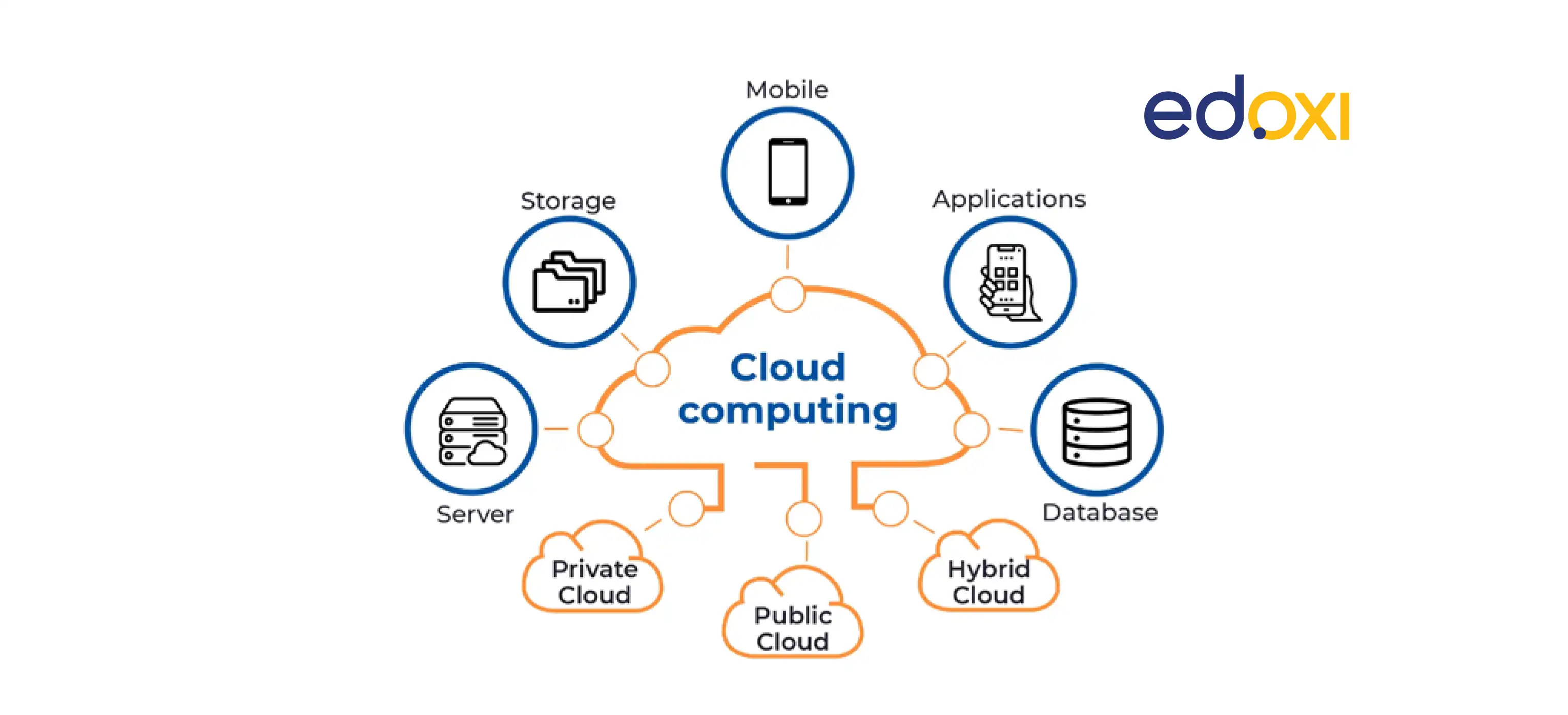LinkDaddy Cloud Services: Your Portal to Universal Cloud Solutions
LinkDaddy Cloud Services: Your Portal to Universal Cloud Solutions
Blog Article
Taking Advantage Of the Prospective of Cloud Providers for One-upmanship in the marketplace

Advantages of Cloud Solutions

Cost-efficiency is an additional considerable advantage of cloud services, as firms can stay clear of big upfront investments in software and hardware. Rather, they can go with a pay-as-you-go version, only spending for the sources they eat. This affordable approach makes it possible for organizations to allocate funds more tactically, buying various other locations that drive growth and advancement. In general, the advantages of scalability, cost-efficiency, and adaptability make cloud services a useful asset for business looking for an one-upmanship in today's dynamic market landscape.
Cloud Migration Methods
Cloud movement requires precise planning and seamless execution to make certain a smooth change of electronic possessions to cloud-based atmospheres. Organizations embarking on this journey needs to initially carry out an extensive analysis of their current IT infrastructure, applications, and data to figure out one of the most appropriate migration strategy. One typical method is the "Raise and Change" method, where existing systems are relocated to the cloud without substantial adjustments. This method provides a quick movement procedure yet might not totally utilize the advantages of cloud-native features.
Conversely, the "Replatforming" approach entails making minor adjustments to applications to maximize their efficiency in the cloud setting. This approach strikes a balance between rate and optimization, enabling organizations to profit from cloud abilities while reducing disruptions.
For even more complicated systems, the "Refactoring" technique, likewise called "rearchitecting," entails revamping applications to be cloud-native. While this method calls for more time and resources, it can make the most of the benefits of scalability, versatility, and cost-efficiency that cloud platforms use.
Ultimately, selecting the appropriate cloud migration strategy depends on variables such as the company's goals, spending plan, timeline, and technical needs. By very carefully assessing these factors to consider, services can successfully shift to the cloud and gain an one-upmanship in the marketplace.
Enhancing Data Protection Procedures
After executing cloud movement techniques, companies must focus on improving information safety and security determines to safeguard their digital properties efficiently. Information security is critical in the electronic age, specifically when leveraging cloud solutions that include sending and saving sensitive info. To boost data safety and security, organizations ought to take into consideration carrying out file encryption strategies to protect data both at remainder and en route. File encryption ensures that even if unauthorized celebrations access the information, it remains pointless and muddled. In addition, executing multi-factor verification includes an added layer of security by requiring users to provide several types of verification before accessing sensitive info.
Routine protection audits and susceptability evaluations are necessary to determine and address any weak points in the data protection facilities quickly. Training staff members on ideal techniques for data security and applying rigid gain access to controls can additionally alleviate the risk of interior information breaches. By buying durable data protection procedures, organizations can infuse trust fund amongst their customers and stakeholders, eventually obtaining an affordable side in the marketplace.
Leveraging Cloud for Scalability
Carrying out cloud services enables organizations to dynamically readjust sources according to demand, improving scalability and enhancing functional effectiveness. Scalability in the cloud context refers to the capability to promptly and quickly rise or decrease sources as required, offering organizations with the versatility to fulfill changing demands. Cloud platforms supply scalability through functions like auto-scaling, which instantly adjusts sources based on predefined problems such as raised traffic or work spikes. This capacity eliminates the demand for organizations to spend in added equipment or software application that might stay underutilized throughout normal operations.
Moreover, leveraging cloud scalability makes it possible for businesses to react promptly to market fluctuations, seasonal demands, or unforeseen growth, making sure nonstop solution distribution without sustaining unneeded costs. By scaling sources up or down in real-time, companies can keep optimum efficiency degrees while regulating expenditures. In addition, scalable cloud solutions equip business to introduce quickly, deploy new applications efficiently, and adjust to advancing company demands with dexterity. In general, embracing cloud scalability is a tactical move that cultivates competition and settings businesses for lasting development in today's dynamic market landscape.

Implementing Cloud-Based Partnership
Partnership in contemporary company atmospheres has gone through a considerable change with the integration of cloud-based technologies. Cloud-based collaboration devices have changed the method groups work together, offering real-time interaction, document sharing, and task monitoring capacities despite physical place. By executing cloud-based collaboration solutions, companies can improve productivity, increase effectiveness, and simplify process.
One of the key advantages of cloud-based partnership is its ability to damage down interaction barriers amongst employee. With attributes like immediate messaging, video clip conferencing, and digital whiteboards, staff members can work together universal cloud Service perfectly and remain connected regardless of where they lie. Cloud-based cooperation tools facilitate simple accessibility to shared sources and documents, making it possible for team participants to function with each other on jobs in a synchronous way.
Furthermore, cloud-based cooperation promotes versatility and dexterity within companies by enabling remote job and cultivating cross-functional synergy. Staff members can team up in real-time, share responses promptly, and make decisions jointly, leading to quicker analytical and enhanced technology. Overall, executing cloud-based cooperation is essential for modern-day organizations wanting to stay affordable in today's interconnected and busy market landscape.
Conclusion
Finally, the utilization of cloud services provides various advantages for companies looking for a competitive edge on the market. By executing cloud migration strategies, boosting data protection measures, leveraging scalability, and utilizing cloud-based collaboration, companies can enhance efficiency, minimize expenses, and stay ahead of the competition. Embracing the potential of cloud services is vital for organizations wanting to prosper in today's quickly progressing business landscape.
The capacity to harness the capacity of cloud services supplies businesses various benefits, from boosted agility and scalability to improved cooperation and data security. As companies navigate the intricacies of cloud movement and explore cutting-edge methods to leverage cloud innovation, the question arises: Just how can companies properly use cloud services to not just keep up with yet likewise exceed their competitors in the vibrant industry?
Additionally, the adaptability provided by cloud solutions enables companies to gain access to data and applications from anywhere, advertising remote work and partnership amongst teams situated in different geographical areas. - universal cloud Service
By carrying out cloud migration methods, enhancing data security actions, leveraging scalability, and utilizing cloud-based partnership, organizations can improve effectiveness, lower prices, and remain in advance of the competitors. Embracing the possibility of cloud solutions is vital for companies looking to succeed in today's quickly advancing organization landscape.
Report this page